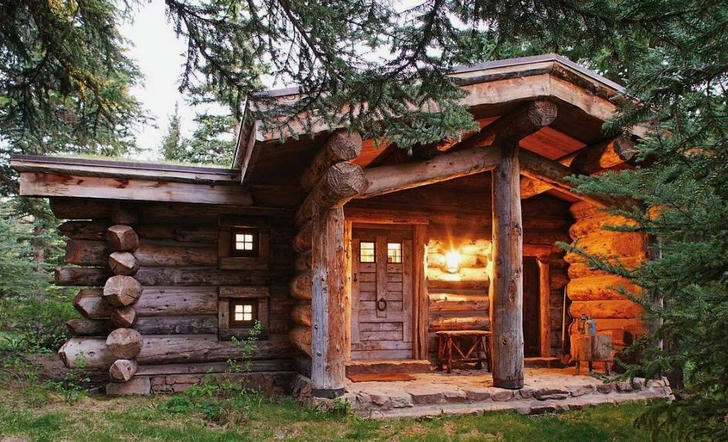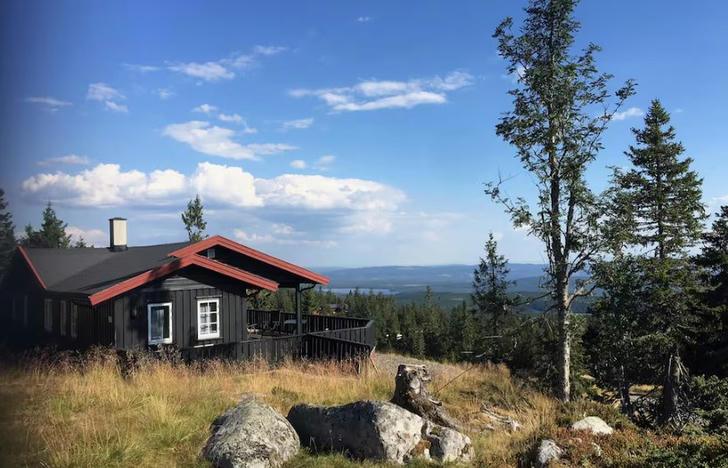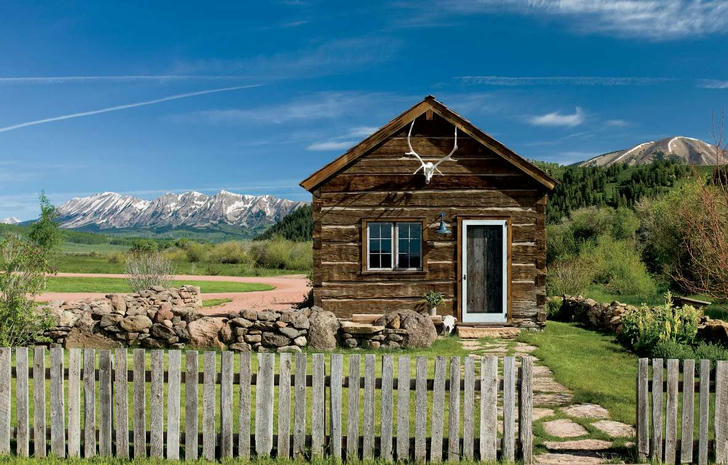The Market Shift: Why More People are Choosing Log Cabins in 2024
As we enter 2024, the demand for log cabins is experiencing a significant surge. Factors such as the rise of remote work, lifestyle changes, and increasing environmental awareness are driving more people to choose log cabins as their primary or secondary residences. This article will analyze the key factors contributing to this market shift, provide examples to illustrate these trends, and propose actionable solutions for those looking to enter the log cabin market.
The Rise of Remote Work
One of the most profound changes in recent years has been the shift to remote work. The COVID-19 pandemic accelerated this trend, forcing many companies to adapt to a work-from-home model. As remote work becomes a permanent option for more employees, the need for a dedicated workspace at home has intensified. Log cabins, often located in serene, natural environments, offer an appealing alternative to traditional urban housing.

A Remote Work Success Story
Consider the example of a software engineer who transitioned to remote work during the pandemic. Frustrated with the limitations of his urban apartment, he decided to invest in a log cabin situated in the woods. This new environment provided not only a dedicated home office but also a peaceful setting conducive to productivity. He reported increased job satisfaction and creativity, attributing these improvements to his ability to connect with nature daily.
Actionable Solution: For individuals considering a log cabin for remote work, here are some steps to ensure a successful transition:
Evaluate Your Needs: Determine the specific requirements for your workspace, such as internet connectivity and office layout.
Choose the Right Location: Select a log cabin location that offers reliable internet service and proximity to essential amenities like grocery stores and healthcare facilities.
Design for Productivity: Incorporate design features that promote productivity, such as natural lighting, soundproofing, and ergonomic furniture.

Lifestyle Changes and a Desire for Simplicity
The pandemic has also prompted many people to reevaluate their lifestyles. A growing number of individuals are seeking simpler, more meaningful lives, prioritizing experiences over material possessions. Log cabins embody this shift by offering a minimalist lifestyle that fosters connection with nature and reduces distractions.
Embracing Minimalism in Log Cabin Living
A family that transitioned to a log cabin lifestyle shared their story of decluttering their lives. By moving to a log cabin, they focused on quality time spent together, outdoor activities, and fostering a deeper appreciation for nature. This shift resulted in enhanced family bonds and a more fulfilling lifestyle. They reported spending more time hiking, gardening, and engaging in other outdoor pursuits, which improved their overall well-being.
Actionable Solution: To embrace a simpler lifestyle in a log cabin, consider the following:
Declutter Before Moving: Assess your belongings and identify items that no longer serve a purpose. This can help create a more organized and peaceful living environment.
Prioritize Outdoor Activities: Explore local hiking trails, fishing spots, or community events to engage with nature and foster connections with neighbors.
Focus on Sustainable Living: Implement eco-friendly practices, such as composting and gardening, to cultivate a sustainable lifestyle in your log cabin.
Increasing Environmental Awareness
Environmental consciousness is another significant factor influencing the choice of log cabins. With the ongoing climate crisis, more individuals are seeking sustainable living options that minimize their carbon footprint. Log cabins, often built from renewable resources, provide an eco-friendly alternative to traditional homes.

Sustainable Building Practices
A couple decided to build their log cabin using reclaimed wood and eco-friendly materials. By prioritizing sustainable practices, they not only reduced waste but also created a unique home that blended seamlessly with its natural surroundings. They reported lower energy costs due to effective insulation and energy-efficient appliances, demonstrating that eco-friendly choices can lead to long-term financial benefits.
Actionable Solution: For those looking to build or buy a log cabin with sustainability in mind, consider these steps:
Source Sustainable Materials: Choose locally sourced and reclaimed materials whenever possible. This supports local economies and reduces transportation emissions.
Invest in Energy Efficiency: Implement energy-efficient systems, such as solar panels, high-performance windows, and efficient heating systems. These investments can reduce long-term energy costs and enhance comfort.
Participate in Eco-Friendly Communities: Join local environmental organizations or community groups focused on sustainability. This can provide valuable resources and support for your eco-friendly initiatives.
Health and Wellness Trends
In addition to remote work and lifestyle changes, the focus on health and wellness has also played a crucial role in driving the popularity of log cabins. Many people are increasingly aware of the mental and physical health benefits associated with spending time in nature. Log cabins, often situated in tranquil, natural settings, provide an ideal environment for relaxation and rejuvenation.
Nature's Healing Effects
Research has shown that spending time in nature can significantly reduce stress and anxiety levels. For instance, a recent study found that individuals who spent time in green spaces reported lower cortisol levels, a hormone associated with stress. A couple who relocated to a log cabin in the mountains shared how the peaceful surroundings and outdoor activities, like hiking and birdwatching, improved their mental well-being. They emphasized that the connection with nature was instrumental in fostering a healthier lifestyle.

Actionable Solution: To enhance well-being while living in a log cabin, consider the following:
Design Outdoor Spaces: Create inviting outdoor areas for relaxation, such as decks, patios, or fire pits, where residents can enjoy nature.
Incorporate Natural Elements: Use natural materials and colors in interior design to promote a calming atmosphere. Incorporate elements like plants and natural light to improve indoor air quality and aesthetics.
Engage in Regular Outdoor Activities: Establish a routine that includes daily walks, gardening, or other outdoor activities to maximize the health benefits of nature exposure.
Conclusion
The increasing demand for log cabins in 2024 can be attributed to the rise of remote work, lifestyle changes emphasizing simplicity, heightened environmental awareness, and a focus on health and wellness. As more individuals seek peaceful retreats that promote well-being and sustainability, log cabins offer an attractive solution. By evaluating personal needs, embracing minimalism, and prioritizing eco-friendly practices, prospective buyers can successfully navigate this market shift.
For builders and investors, understanding these trends is essential to capitalize on the growing interest in log cabins. By aligning construction and design practices with consumer preferences for remote work, simple living, and sustainability, they can create appealing and functional homes that meet the evolving demands of today’s market. As we move forward, log cabins will likely remain a popular choice for those seeking a harmonious balance between modern living and a connection to nature.
In conclusion, the shift towards log cabins reflects broader societal changes that prioritize well-being, simplicity, and environmental responsibility. By addressing the needs of potential homeowners and understanding the motivations behind their choices, the log cabin industry can continue to thrive in the years to come.
